Features of planting raspberries in spring
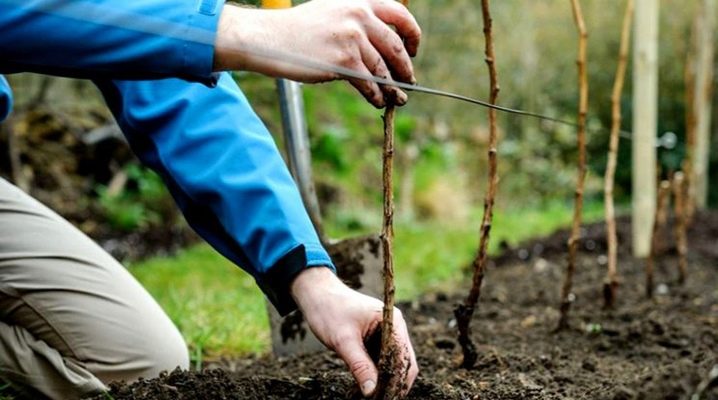
Having decided to grow raspberries on their site, most gardeners prefer to plant them in the spring. You can plant raspberry bushes at this time of the year in any region.

Advantages and disadvantages
Planting raspberries in spring has quite a few benefits.
-
Plants planted at this time of the year have time to form a full-fledged root system by autumn. Therefore, the probability of death of seedlings in summer or autumn is very low.
-
In the spring, the soil is still well hydrated. In addition, during this period, most pests are dormant. Therefore, taking care of the raspberry tree will be quite simple.
-
The soil in early spring contains a large amount of nutrients. Thanks to this, the shoots quickly take root and turn green.
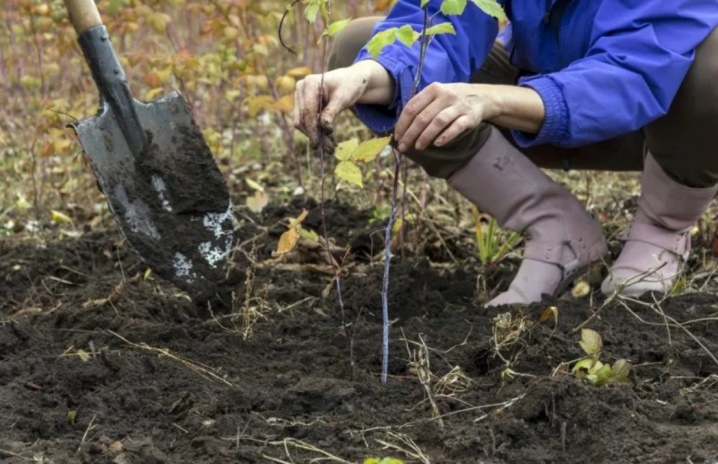
The main disadvantage of the spring planting of raspberries in open ground is that the plants begin to bear fruit only the next year. In addition, creating a raspberry tree can add hassle to people who have so much work on the site in the spring.
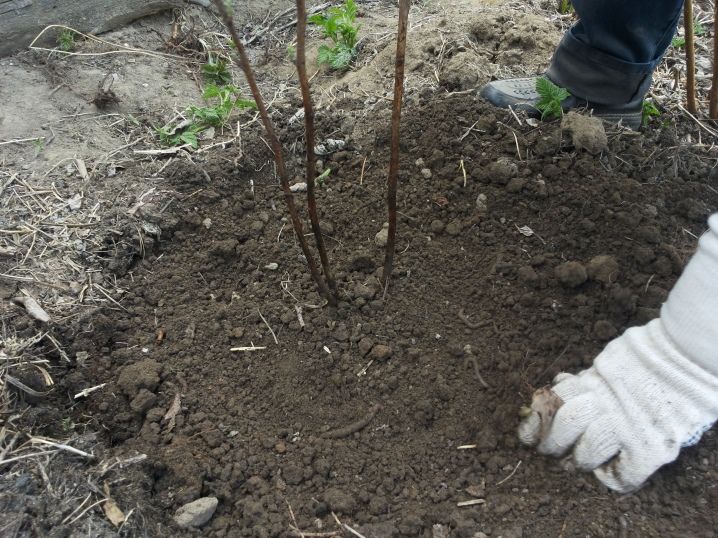
Timing
In the spring, do not rush too much with planting bushes. At the beginning of the season, the weather is changeable. Therefore, seedlings are usually planted in open ground in the second half of April. It's already quite warm outside this month. You can start planting raspberries only after the snow melts on the site. The temperature for several days before this event should be positive.
If the weather is too dry in the second half of spring, it is recommended to postpone the planting of raspberries until autumn. Otherwise, the plant can dry out quickly.
Some gardeners prefer to focus on the lunar calendar. In it, you can find more accurate dates for planting raspberry bushes.

Fundamental rules
Novice gardeners who plan to plant raspberries on their site will be helped by simple tips for planting bushes.
Seedling preparation
In order for the plants to take root well, you need to be careful about the choice of seedlings. They must be purchased in a good nursery.
Before buying seedlings, you must carefully examine. They must be strong and healthy. If the buds have already opened on the plant, you also need to take a closer look at them. The first leaves should be smooth and green. If they are yellow and lethargic, then the plant is sick or lacks nutrients. The root of the plant must be well developed. It cannot have any dry twigs that break easily.
It is best to buy seedlings in a container. Their roots are better protected. In addition, these plants experience less stress during transportation. Therefore, they quickly take root in a new area.
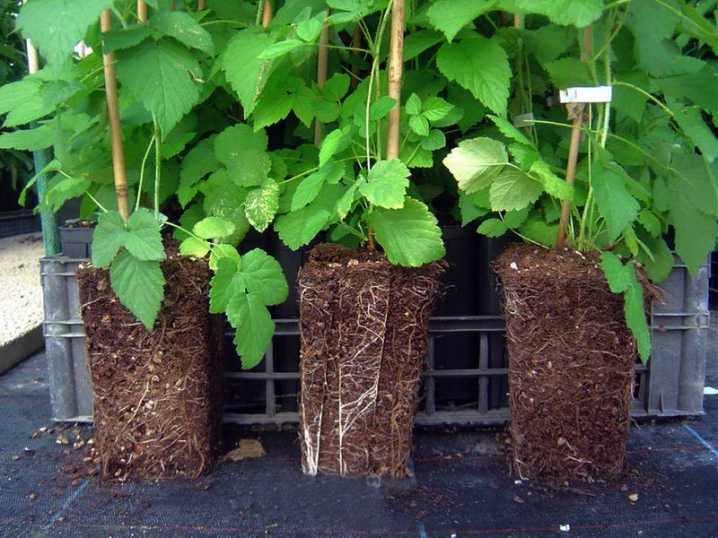
If the seedling was sold in a plastic bag, it must be removed. The roots of the plant should be wrapped with a piece of wet cloth. In some cases, a simple solution is used to preserve the raspberries. To prepare it, you need to pour some fresh earth into the bucket. It is also necessary to add warm water there. The mixture must be thoroughly mixed. The roots of the seedling are dipped into this solution. In this state, the plant can be stored for several days.
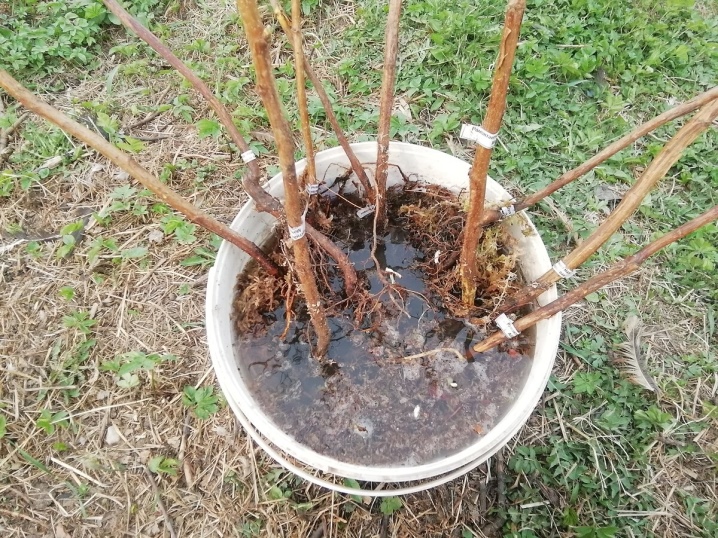
Seat selection
The choice of a place for planting a plant also needs to be treated carefully. Raspberries love well-hydrated fertile soil. The selected area should also be well lit by the sun.
Usually they try to plant raspberries next to buildings or fences. In this case, the plants will be well protected from the wind.This means that a young seedling will not break during the first thunderstorm.
For a good raspberry harvest, plants need to find the right neighbors. The bushes feel best next to apple trees, pears and plums.
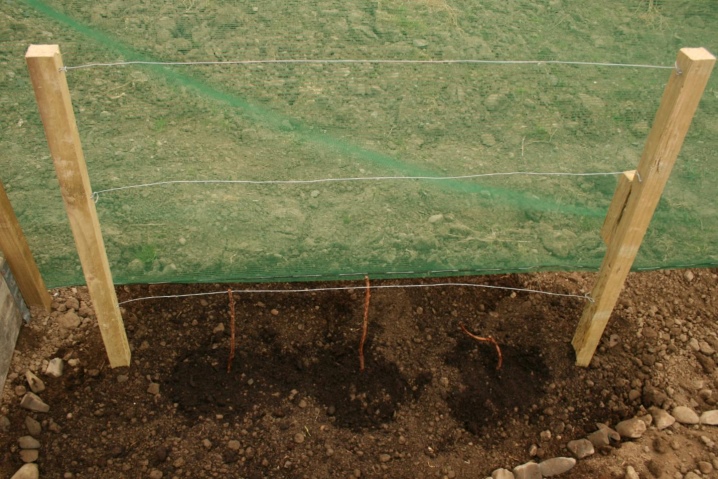
These plants develop in symbiosis, protecting each other from diseases and pests. To protect the bushes from insect attacks, asters or peonies are usually planted next to the raspberry tree.
It is not recommended to place bushes next to sea buckthorn, currants or grapes. These plants will constantly oppress raspberries, preventing them from developing normally. It is undesirable to plant next to bushes and marigolds. They ward off pests, but they also stop the growth of raspberries.
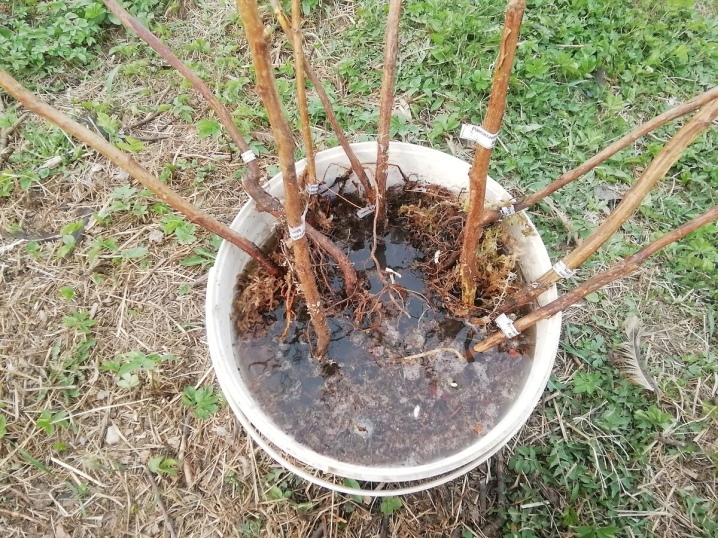
Distance between bushes
So that the plants do not interfere with each other's normal development, they need to be planted at a short distance. It should be at least 40 centimeters. When planning the location of your raspberry tree, it is worth considering the characteristics of the selected plant variety. After all, the size of different bushes can vary greatly.
If you choose the right distance, it will be much easier for the gardener in the future to harvest, as well as to prepare the plants for winter.

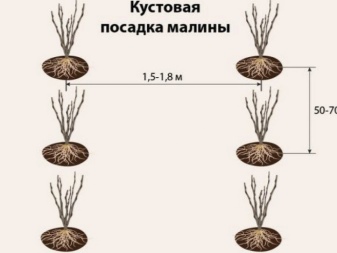
Soil preparation
Raspberries, like other similar shrubs, grow best on light soils. If the soil in the area is acidic, it is recommended to add a little chalk before digging into it. In no case should raspberries be planted in the same place where nightshades used to grow.
It is worth preparing the soil for planting raspberry bushes in the fall. The selected area must be cleared of weeds in advance. The site must be carefully dug up.
In order for the raspberry harvest to be larger, it is recommended to fertilize the land in the fall. The poorer the soil on the site, the more fertilizer is used there.
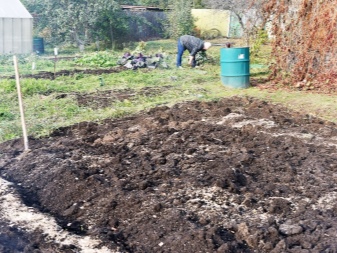
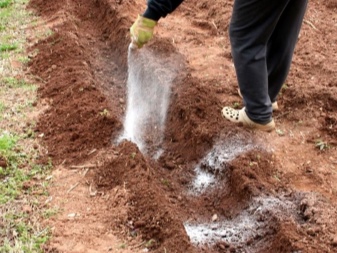
It is also worth doubling the portion of fertilizers if it is planned to plant remontant varieties of raspberries on the site.
The best feeding option is high-quality rotted compost. It is usually harvested from the summer. After fertilizing, the soil must be well leveled.

Wells
Raspberry planting pits are also prepared in advance. Usually they are dug up 12-20 days before planting. In order for the raspberries to take root well, fertilizers should also be applied to the holes at this stage. A bucket of humus is laid at the bottom of each pit. After that, the fertilizer is mixed with the ground.
Next, you need to add a little more clean soil to the hole. The distance between the selected fertilizer and the raspberry roots must be at least 5 centimeters.

The ways
There are two main ways to plant raspberries on the site. Each of them has both its disadvantages and advantages.
Bush
By choosing this planting method, the soil does not have to be prepared in advance. In this case, holes are dug in the spring. The depth and width of each hole must be within 50 centimeters. Part of the soil must be thoroughly mixed with a small amount of top dressing and sent back to the pit.
Next, a seedling must be placed in the hole. It must be carefully sprinkled with earth. At the end of the work, the soil can be lightly tamped.
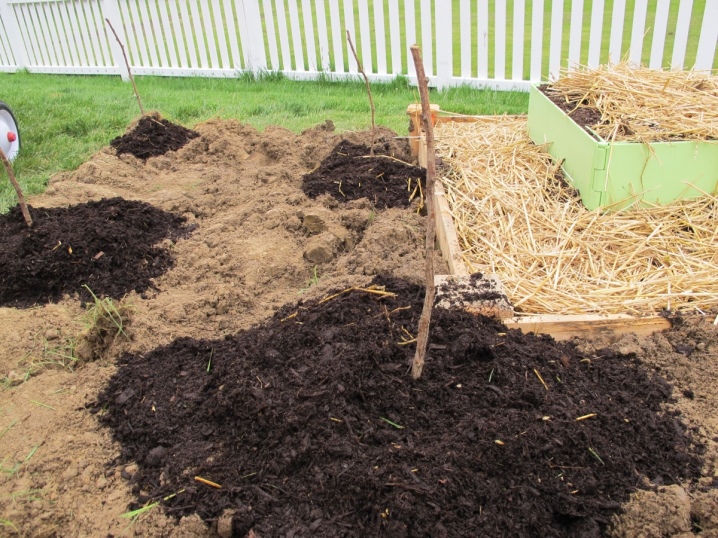
Often, two young seedlings are placed in one hole at once. This is done to obtain a larger and more powerful bush.
A support must be installed next to the plant. Raspberry branches are tied to it. Around each bush, you need to slightly deepen the soil, forming small holes in which water will linger during watering.
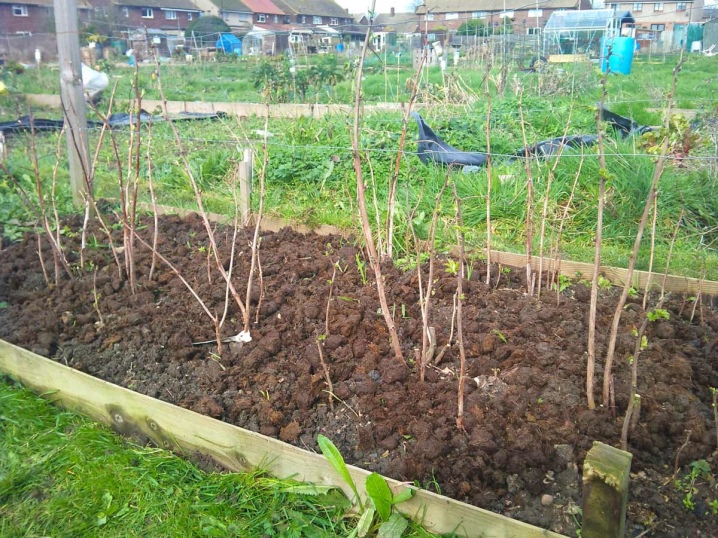
In the trenches
The second landing pattern is slightly different from the previous one. This method is usually used when raspberries are grown commercially. But in your country house, this scheme can also be applied.
In this case, the site must be prepared in advance. Several trenches need to be dug on it. The distance between them must be at least one meter. The length of the trench depends on how many plants you plan to plant in it.
In some cases, drainage is laid at the bottom of the trench.
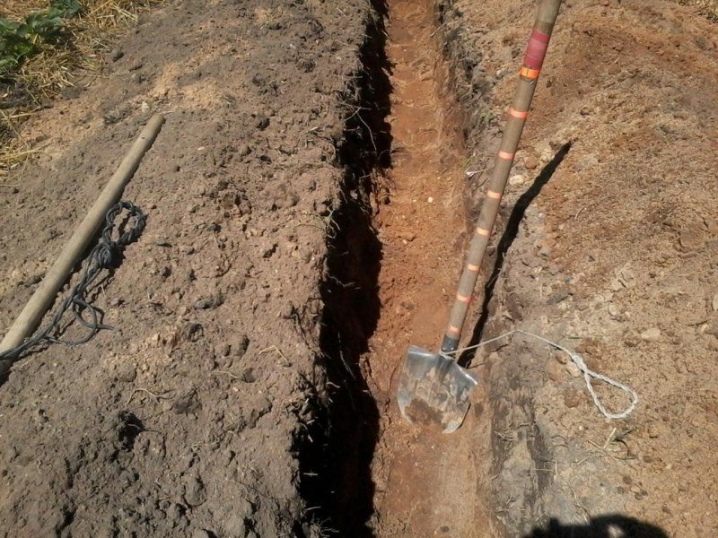
This is done if water is constantly retained in the area.A mixture of fertilizers and soil is also poured over the drainage. In this case, the roots of the plant will definitely not rot over time.
When planting, the plants are placed in the center of the trench. It is best to do this procedure together. In this case, one person will be able to hold the bush in his hands, and the second - to figure it out with earth. It is very important that the roots of the plant are well hidden under the soil layer.
If the bushes planted in this way take root well, they will give an excellent harvest.
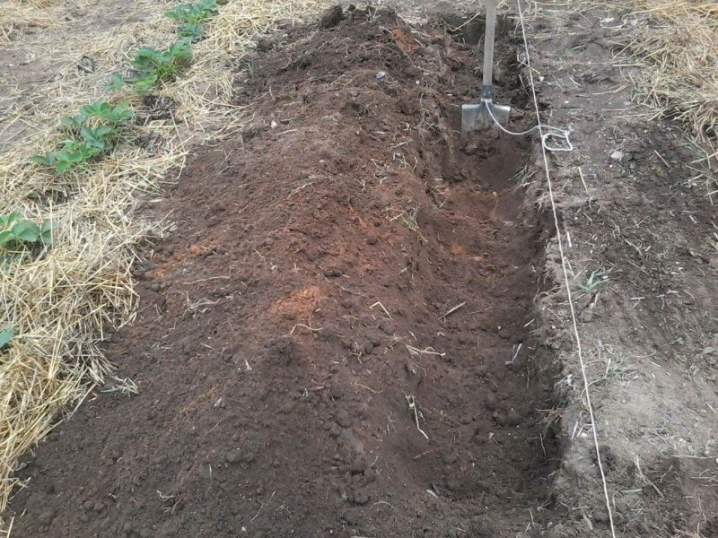
Planting remontant raspberries
Separately, it is worth talking about planting remontant raspberries. She bears fruit more often, and is also more whimsical to care for. When planting such plants, the following points should be considered.
-
The raspberry tree needs to be equipped in the sunniest place. Plants that are in the shade will not please the gardener with a good harvest.
-
The bushes should be kept warm. Repaired raspberry varieties are usually planted on the south side of the site. It is desirable that there is a building, a high fence or a row of trees nearby. In this case, the plant will not be disturbed by any drafts.
-
When planting, do not compact the soil too much. This can result in insufficient moisture reaching the roots. The plant may even die because of this.
With proper planting, even a few raspberry bushes can be harvested.
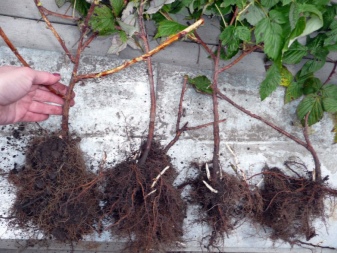
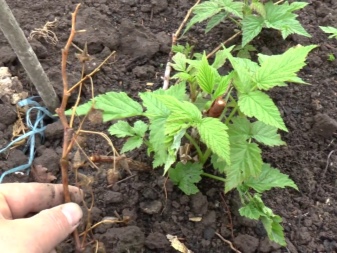
Follow-up care
Immediately after planting, raspberry bushes need proper care. In the first year of life, gardeners need to adhere to certain rules.
-
Mulch the soil. The soil is usually mulched with shavings, dry straw or dried sawdust. This procedure will help protect the soil from drying out. In addition, fewer weeds will grow on the site. The right mulch can also develop into a quality fertilizer over time.
-
Don't water the raspberries too often. If summer and spring are rainy, you can do without watering the seedlings. At the same time, the earth should not be allowed to dry out. After all, this will lead to the plant withering away and dying.
-
Prune plants. After planting raspberries, they need to be cut to 27-30 centimeters. This is done in order for the plant to take root faster. If you skip pruning raspberries, the bush will not develop as quickly as we would like.
-
Do not feed the plants. In the first year after planting, the plants do not need additional feeding. They usually have enough fertilizers that were applied to the soil in the fall.
-
Insulate plants for the winter. Young seedlings need timely insulation. Otherwise, they may not survive the winter. In autumn, the plants are carefully bent to the ground, and then covered with some kind of insulation. To do this, you can use burlap, sawdust or synthetic winterizer. The choice of insulation depends on the characteristics of the climate.
-
Do not let the raspberries "creep" over the area. This plant reproduces rather quickly. Getting rid of unwanted shoots can be very difficult. Therefore, you need to try in advance to limit the growth of bushes. For this, sheets of slate or similar material are buried between the rows. They are located at the same depth as the roots of young plants.
-
Protect bushes from diseases and pests. From time to time, plants need to be inspected for insects or any damage. If you notice that something is wrong with the bush, the infected branches or leaves must be removed. If the plant can no longer be saved, it should be destroyed before it infects other bushes.
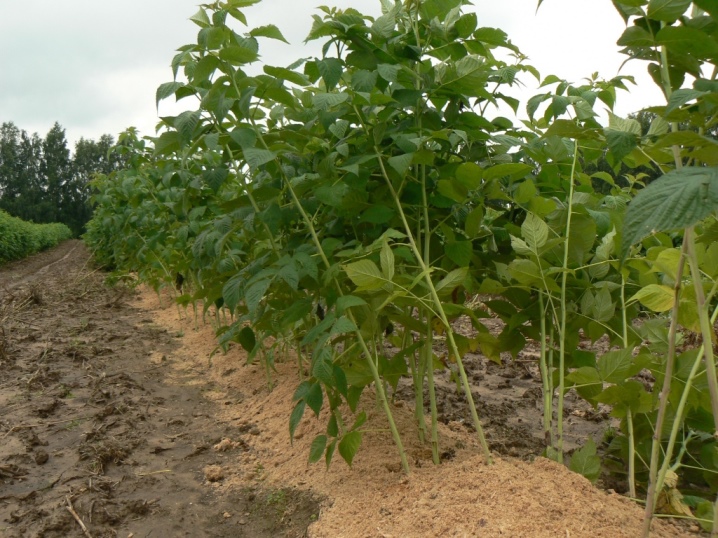
In general, caring for raspberries in the first year after disembarkation is quite simple. If the plant takes root during this time, it will be strong and healthy in the future.
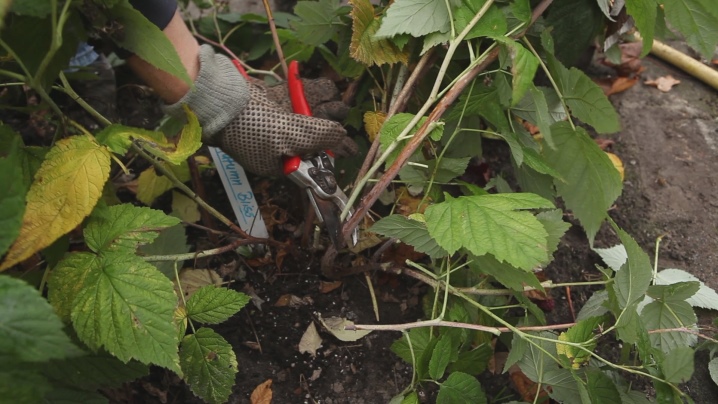
Planting tips for different regions
Previously, raspberries were grown only in central Russia. All varieties of this plant grew and developed well there. Nowadays, sweet berries can be grown anywhere in the country. The main thing is to take into account the characteristics of each region and choose the right varieties for planting.
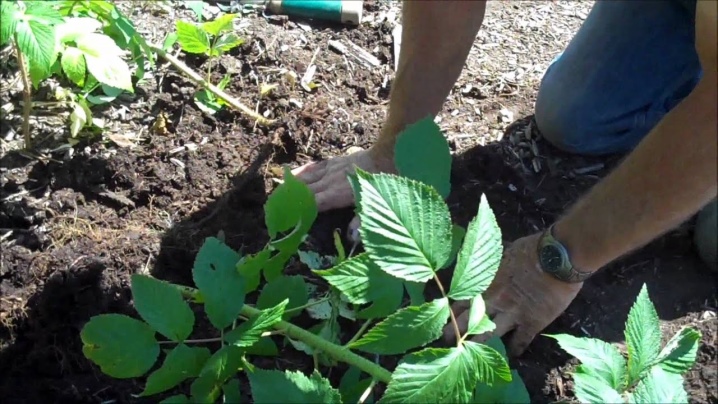
Ural
In the Urals, raspberries are planted much later than in the Leningrad or Rostov regions. The climate in this part of the country is cold. Therefore, the best time to plant raspberries is late spring. Separately, it should be said that not all raspberry varieties can be planted in the Urals. It is best to choose frost-resistant plants for this purpose.
They can be picked up from local nurseries.
Ural gardeners are trying to place a raspberry plant in the depths of a large garden. In this case, the plants will be well protected from the wind. If this is not possible, the bushes should be placed near a high fence.
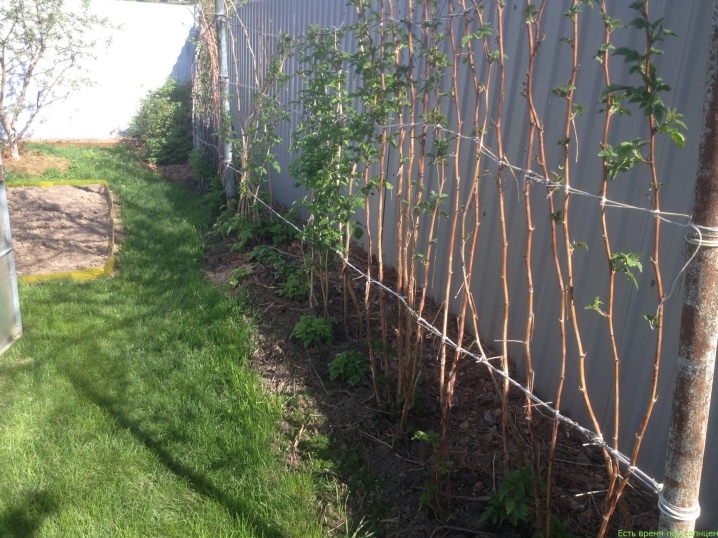
Siberia
In Siberia, it is also recommended to plant plants that tolerate cold well. After all, winters in this region are frosty. It is worth planting raspberries in the second half of May. It is worth placing seedlings in those areas that are best illuminated by the sun. It is best to equip a raspberry on a small hill.
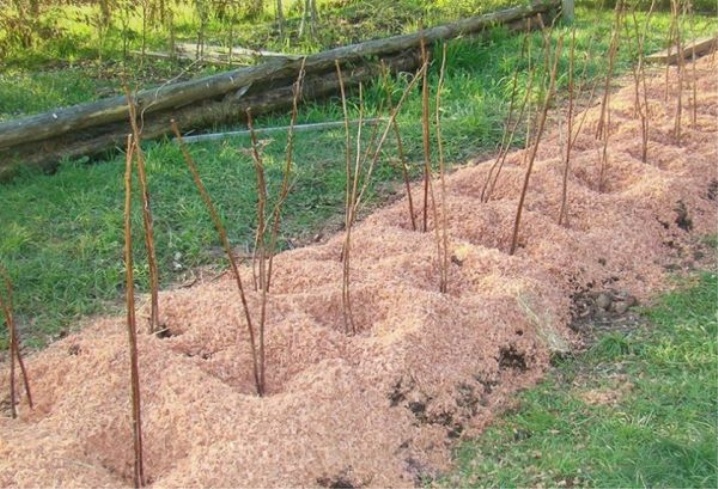
Volga region
This region is characterized by frequent climate changes. Therefore, it is rather difficult to choose the perfect moment for planting raspberries. Usually, gardeners will plant the plants after the first snow melts. This happens in early April.
In the Volga region, it is worth planting varieties that are resistant to temperature extremes. They will not be afraid of light spring frosts.
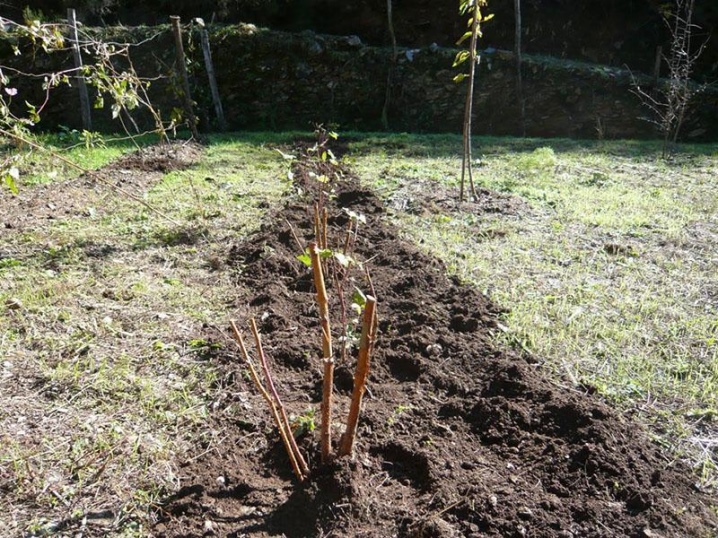
Middle lane
In this part of the country, raspberries are planted in both spring and autumn. Plants take root well anyway. It is recommended to grow tall and productive plants in this region. In the Moscow region, remontant varieties of raspberries are often planted. In this case, the crop can be harvested twice. At the same time, the berries will be juicy and tasty both in summer and autumn.
You can plant bushes in this part of the country at the end of March. The main thing is that there is no frost on the ground for this period. Otherwise, the seedling may die. If the winter was cold, you should wait until the beginning of April with the planting of bushes.
If you follow these simple recommendations, the plants will take root very quickly on the site. This means that in a year you will be able to enjoy the fruits of your labor.
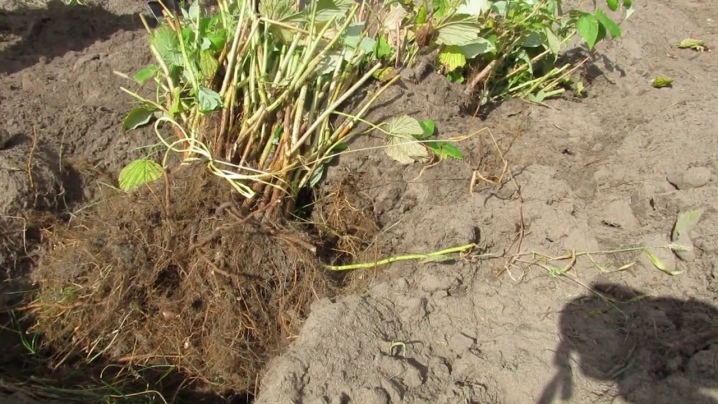













The comment was sent successfully.